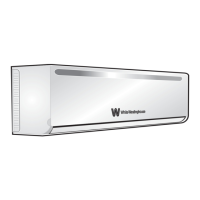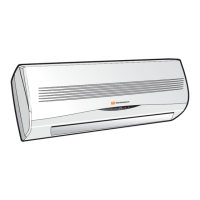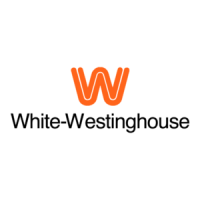Why is my White-Westinghouse WAS12P5CHLWP Air Conditioner performing poorly?
- CCynthia FarrellJul 31, 2025
If your White-Westinghouse Air Conditioner isn't performing well, several factors could be at play. First, check if the air outlet or inlet on the exterior is blocked. If the unit is exposed to direct sunlight or another heat source, try relocating it or providing shade. Avoid using heaters or cooking stoves in the same room. Reduce the number of people in the room. Make sure the air filter is clean; if it's dirty, clean or replace it. Ensure the temperature settings are properly adjusted and that the front part of the unit is free from obstructions. If the room is too large for the unit's capacity, consider using a more powerful air conditioner. Allow the unit some time to start cooling after turning it on, and ensure all windows and doors are closed.



